***This blog now contains some information regarding the current Joint Warrior 151 exercise***
Most of November I was away on holiday to the USA which is why there was a lack of a blog last month. This month I’m going to release one of my articles that was published in the July edition of The Spectrum Monitor. 
As I’ve previously mentioned the magazine is available in digital format, and can be read on all electronic readers. A yearly subscription is $24, which is a bargain bearing in the mind the monthly content produced, totalling over 1200 pages a year.
This version is slightly different to the one published in the magazine as it contains some extra content.
Monitoring NATO “Joint Warrior” Exercises
Twice a year the UK hosts Exercise Joint Warrior(JW), planned by the Joint Tactical Exercise Planning Staff (JTEPS) based at Headquarters Northwood, about 5 miles north of Heathrow Airport. JTEPS is a joint organisation parented by both HQ Air Command & Navy Command (NC HQ).
The Official Mission of the Exercise is to:
Provide a joint, multi-threat environment in which UK, NATO and Allied units and their staffs may undertake collective training and pre-deployment training in tactical formations in preparation for employment in a Combined Joint Task Force
The number of participants is normally quite large, with up to 30 naval vessels, both surface and sub-surface, taking part. The number of aircraft taking part is substantially larger with sometimes up to 100 being involved. These include Maritime Patrol Aircraft(MPA), Fast Jets, Command and Control (C2), Intelligence Surveillance Target Acquisition and Reconnaissance (ISTAR), Transport, Air to Air Refuellers and Helicopters
As well as Air and Sea assets, there are Land based Air Defence units along with Paratroops, Army and Marines. The number of personnel involved is in the thousands.
JW normally involves forces from major European countries as well as the USA and Canada. Other countries such as New Zealand, Australia and Brazil have taken part in recent years.
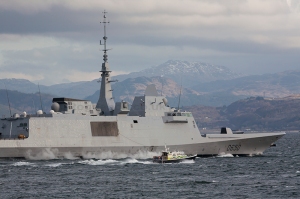
This French Navy Aquitaine Class Destroyer “FS Aquitaine” (D650) is seen arriving at Her Majesty’s Naval Base Clyde, also known as Faslane. The French are huge users of HF, in particular they use STANAG4258, RTTY and HF-ALE. The STANAG and RTTY is normally encrypted but you can sometimes get callsign information from the messages. They also use USB, especially the Transports, AWACS and Maritime Patrol Aircraft
The exercises can cover the whole of the UK, but most of it takes place in Scotland and its surrounding waters. There are certain areas in other parts of the UK that are used, for example the Spadeadam Electronic Warfare Training Range (West of Newcastle, England) and Fast Jet Areas over the North Sea (for Air to Air combat). But it is the limited population of the North West of Scotland, along with quiet air and sea traffic, plus access to both deep and shallow waters, which allows almost total freedom for the participants. There are also numerous weapons ranges some of which include areas designed specifically for Naval Gun Support (NGS) and Close Air Support (CAS) – Cape Wrath on the North Western tip being the main one.
Joint Warrior 141 (JW141) took place between the 31st of March and the 11th of April, 2014. The week prior to the main start of the exercise there was a general build-up of forces as the scenario heads to conflict between fictional countries, starting with Amphibious Forces congregating at West Freugh and Luce Bay off South West Scotland.

“SSN Missouri”, a USN Virginia Class SSN, leaving Faslane in 2013.
Meanwhile, the main naval forces from the different participating countries generally arrive at Naval Base Clyde, more commonly known as Faslane. The base is close to Glasgow, and is the home of to the majority of the UK Submarine Fleet, including Vanguard Class SSBNs and Astute Class SSN hunter-killer submarines. It is also the home of the mine countermeasures fleet. Faslane gets regular visitors from various Naval forces throughout the year, a not too uncommon site being USN Virginia Class SSNs that pass through for supplies and crew rest.
JW141 hosted the following countries sea and air elements:
The Netherlands and Belgium also provided Marine forces, as well as the Netherlands and USA providing Forward Air Controllers (FAC).
The UK of course provided the largest amount of participants with numerous ground, Paratroop and Marine regiments, Air Defence and FACs taking part, along with sea and air elements consisting of:
I’m pretty sure there would have been at least one UK Submarine involved though I do not know the details of this. The Astute Class are still in their infancy and so would have been ideally chosen to take part.
Despite my previous statement that it is quiet in Scotland when it comes to sea and air traffic, it isn’t desolate. There is still a large amount of flights into the major cities of Scotland, it is just it is quieter than in Southern England . There are numerous daily warnings sent out to civil aircrews about possible military activity and this works in the other direction too, with the military crews getting briefings on airways and areas to avoid.
Sea warnings aren’t left out either, in particular for the large fishing industry that exists off the West coast of Scotland. For this, JTEPS produces a document that is published on the Government website that provides information on Submarine, Minewarfare, live firing and denial of GPS training for the exercise. This can be a useful document should you be interested in following what is happening during the exercise as it tends to have a program of events and maps.
***I have updated the page to show the document for the current JW151 exercise and it can be found here. There are also daily SUBFACT and GUNFACTS broadcast as part of the NAVTEX warnings
Radio Communications
What JW does bring with all this action is radio communications. In fact, one of the main aims of the exercise is to establish common procedures between forces that are likely to work together for real in a combat area.
All types of communication methods are used, including the old fashioned “flag” and “flashlight Morse code” between ships. In the majority though, it is of course radio that is used to its fullest. And, it is the full spectrum that is used from VLF all the way up to SATCOM, most of which is easily received by monitors around the UK and further when it’s HF that is being used.
As well as voice comms, data takes a large part, especially RTTY, Link 11, Link 16 and STANAG4285. All of this is normally encrypted but if there is a non NATO country taking part then sometimes data is sent in the clear, especially RTTY.
Because of the large expanse of operating areas, HF is used extensively. Over the last few years I’ve built up a record of frequencies used that have been monitored by myself and others also interested in the JW exercises.

A Lockheed Orion CP-140 of the Royal Canadian Air Force, 140116, lines up to depart Lossiemouth during an intense sandstorm in 2013. Just visible in the background is the parking area for the Maritime Patrol Aircraft (MPAs) that take part in Joint Warrior. The usual mix includes USN P-3 and RCAF CP-140 Orions, but has included French, German, Norwegian and Brazilian Navy MPAs in recent years
The Maritime Patrol Aircraft normally operate out of RAF Lossiemouth and arrive a few days before the exercise begins. Once StartEx has been announced there is at least one MPA airborne at any one time until the exercise ends, quite often though there are two airborne. Mission lengths are around 6 hours including transits and they consist of Anti-Surface Warfare (ASuW) and Anti-Submarine Warfare (ASW). The aircraft are designated a trigraph callsign such as A8X as allocated to the USN P8A of VP-5 on the 2nd of April, and these are changed daily. One thing of note with the NATO MPA element of the exercise is that the aircraft are not allocated their callsigns by the exercise staff but from NATO itself, as they are on call to deal with any real-world scenario that may take place. Should there be any non-NATO MPAs in the exercise then these are allocated their callsigns as normal by JTEPS.
When the aircraft get airborne they normally call Northwood, callsign MKL, on HF with a departure message. This is followed by an on-station message and then hourly sitreps until off-station and then landing. They would also call for any information or if they themselves have something to pass such as enemy sightings. The primary frequency used on HF is 6697kHz. As well as using HF the MPAs will communicate on UHF with any vessels in their operating area, though this well out of range of my location so I don’t normally hear this.
RTTY (or RATT) is the primary method of passing the information, though this quite often seems to fail. It is quite amusing sometimes listening to an MPA set up a RTTY message by voice with MKL, which then fails repeatedly, sometimes taking 15 to 20 minutes of attempts. They then give up and send by voice a 30 second message – I sometimes wonder why they bother, especially when it’s something as basic as a departure message.
I normally set up my Icom IC-R8500 and Winradio Excalibur right at the beginning of the exercise to monitor the HF frequencies, in particular the MKL primary 6697 kHz. Along with this I ensure my Bearcat UBC800XLT is up to date with all the correct VHF/UHF frequencies, and that my Bearcat UBC3500XLT mirrors it for when I’m mobile
Talking of going mobile, my usual routine is to head to the Faslane area to catch the arriving and departing ships. Normally, the ships will arrive on the Thursday and Friday before the start of the full exercise. Due to the large amount of ships involved they are given arrival slot times, much the same as aircraft do at airports. This is so that the local Harbour masters, Police escorts, Tugs and Pilots are not stretched to the limit with everything arriving at once. The ships use the standard Marine VHF Channels to communicate with the Pilots etc (Channels 12, 14, 16 and 73). This is usually quite interesting to listen to, in particular this year with USN participation – for instance USS Cole was very twitchy about pleasure craft in the area, even asking the Police escort to intercept a suspicious vessel heading straight for them. The calm response of “Errrr, that’s your Tug and Pilot” was quite funny. On the Sunday, the reverse takes place with all the ships leaving, this time slightly more grouped in small flotillas.

Arleigh Burke class Destroyer USS Ross (DDG 71) about to pass RFA Lyme Bay (L3007) of the UK Royal Fleet Auxiliary
Over the weekend, RFA Lyme Bay and RFA Orangeleaf had anchored a few miles short of Faslane at an area near to Cloch Lighthouse (where I based myself). I was able to receive both these ships on UHF frequencies though I was unable to clearly tie-up the callsigns used by the ships. Just before 0700z, numerous coded messages were sent between the callsigns 8DE and 7GO. These continued until 0800z when 8DE calls “Anchors away”. There was the sound of horns across the bay and RFA Lyme Bay moves off, turning a tight 180 degrees to head south. RFA Orangeleaf follows behind. From this I concluded that 8DE was probably Lyme Bay.
When I’m waiting for things to happen, and scanning with the UBC3500XLT, I’m also using the Close-Call facility of the radio for the UHF band to see if I catch anything else. This time it didn’t work, but another monitor in Northern Ireland was a lot luckier and was able to add a few frequencies to the growing list:
There were plenty of calls on these frequencies, but the usual line of sight problem arises with UHF and the ships would quickly disappear out of my range. But it didn’t matter as HF is used extensively because of this very problem for the ships themselves.
Monitoring from the Shack
With the Icom on 6697 kHz and the UBC800XLT scanning the hundreds of VHF/UHF frequencies, I’d use the Excalibur to search through for the ships HF communications. Like the VHF/UHF ones, there are frequencies that are used every year and one’s that aren’t. But once you’ve found the regular ones you can pretty well catch most of the action. Along with a small group of others that also monitor JW we were able to build up a good picture of what was going on.
It became clear quite quickly that 4706 kHz was being used for Ship Air Defence calls. Over the two weeks this task would be carried out by various units, and by all military methods – Land, Sea and Air. The Land element would be carried out by the RAF Air Defence Unit, based at RAF Boulmer (usual callsign HOTSPUR). The Air element would be from a E3 AWACS (though not that often) and the Sea element would be carried out by a ship. By the callsigns used it sounds like the task is split into three during a 24 hour period, with maybe Boulmer doing 2 slots and a ship the other; or whatever the aim of that days scenarios that have been planned by JTEPS.
The calls would look something like this taken from my logs:
(1132z)
J0T this is G1T
New friendly ML500
Position MKQN0105
Hdg 287
New friendly ML500
(1133z)
Update friendly ML500
Pos MKPN5606
Hdg 287
Spd 166kts
Strength1
C height 19
Update friendly ML500
This is decoded as:
ML500 = allocated track ident by radar operator
MKQN0105 = grid reference
Hdg 287 = Heading 287 degrees
Spd 166kts = speed of track
Strength 1 = number of aircraft in formation
C height 19 = Mode-C radar height
These calls are made very quickly, every 30 seconds to a minute, and actually get quite hard to write down. The training carried out from these calls is very important and not only assist the radar operators but also things like the defence systems on board the ships.

Cobham Aviation Falcon 20 G-FRAW taxies for take-off from RAF Lossiemouth during Joint Warrior 12-2 in 2012. The photo clearly shows all the additional pods these aircraft carry for replicating different aircraft, radars and weaponry
The exercise uses the Civil fleet of Falcon 20 aircraft of Cobham Aviation Services to replicate different aircraft. To do this they use towed targets that can be programmed to have the Radar Cross Section of aircraft such as Sukhoi Su-27or Su-35 Flankers to give the radar operators a true feel of what they would possibly see for real. The pods also replicate missiles as fired by the “enemy” aircraft and can be programmed as such, a “favourite” being Exocet as these have been used in anger against Royal Navy ships, sinking a few in the Falklands Conflict in the early 80’s. The Falcon 20’s can fly very low over the sea up to 300KIAS, and believe me they fly low, I flew in one year’s ago. Other equipment carried can give immediate information of simulated hits or misses by the ships Air Defence weapons, much like ACMI pods (Aircraft Combat Manoeuvring Instrumentation) carried by aircraft.
Sometimes the Falcons also fly with Royal Navy Hawk fast jets, operated by 736 Naval Air Squadron. 736NAS used to be known as FRADU (Fleet Requirements and Aircraft Direction Unit) and the task of these Hawks is to simulate low flying missiles against ships. As the Hawks can fly faster than the Falcons this gives a better simulation to the ship’s crew to help them learn how to combat the threat, or at least reduce the possible damage caused should the missile get through. The Hawks can also carry out the same task as the Falcon 20s replicating enemy aircraft.
The Falcon 20s can also carry out other tasks such as Electronic Warfare by jamming the radars and radios and using chaff and flares. They are very capable aircraft and used continually by the UK, not just in exercises such as Joint Warrior.
By far, the best Maritime Air Defence platform currently at sea is the Daring Class Type 45 Destroyer of the Royal Navy. In JW141 it was HMS Dragon of this class that took part. The Daring class destroyers are fitted with a Marconi Type 1046 Air/Surface search radar which functions in the D-band; and a Surveillance/Fire Control E/F-band Type 1045 (Sampson) Multifunction radar made by BAe Systems. These radars combined can give a 400km,/360° coverage, linking in to the Principle Anti-Air Missile System (PAAMS) which provides target cueing, anti-jamming, radar de-clutter and other functions necessary to protect itself and any other ships in the fleet. For protection the primary weapon is a Vertical Launch System (VLS) capable of holding 48 missiles in single missile cells. These hold either Aster15 or Aster30 S/A missiles with ranges of 15nm and 30nm respectively, with Aster30 reported to have a range of up 65nm. The VLS is capable of having a mix mode, where any combination of the two missiles can be held, the usual mix being 32 Aster 30s and 16 Aster15s. Future developments of the Aster30 include an anti-Ballistic Missile version with a range far exceeding that currently available, with reports of it having a range of 540nm, with a further version exceeding 1200nm.

Göteborg Class Corvette Sundsvall (K24) of the Swedish Navy in a Joint Warrior exercise from April 2013. Every exercise has different participants from different countries, which allows for greater training and learning of techniques used by the differing Navies of the World
It would take pages to go through everything you can hear on HF during JW. It’s a 24/7 activity as the exercise runs day and night, 7 days a week including weekends. You can normally hear the Gunnery ranges at Cape Wrath as ships take it in turns to simulate attacking shoreline targets, normally given instructions by FACs. There’s general radio chat with resupplies, tasking of ship helicopters, and as previously mentioned, the setting up of RTTY and STANAG4285. Most of the general calls were on 4915.5 kHz which seemed to be the Primary Ship HF frequency. Plenty of callsigns were heard every day, though in the majority they couldn’t be tied up as intended.
HF frequencies used over the years that have been logged by myself and others:
Air to Air
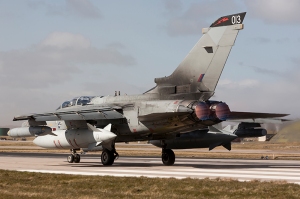
Royal Air Force Tornado ZA404/013 in full afterburner as it departs RAF Lossiemouth in April 2013 on a Joint Warrior mission. Being this close to the runway is very noisy and very hot. Within 6 months, this Tornado had been transferred to RAF Leeming and scrapped, being used for spare parts for the remaining fleet of Tornados
The Air element of the exercise takes place for most of the two weeks with a multitude of tasks being carried out by the Fighters, Transports, Tankers and electronic warfare aircraft. Again, to go through the full amount would take pages of information but I’m sure you can imagine how busy the airwaves can be with such a large amount of aircraft taking part.
In the majority, the Fighters use Tactical Air Direction (TAD) frequencies (most people incorrectly call them Tactical Air Designator frequencies). These are “real time” frequencies used by the Air Defence Network in the UK and there are hundreds of them. The actual frequency is never said on the air with the TAD number (channel number) passed instead – TAD156 for instance. To confuse things even more, in JW the TADS are given other codenames, normally colours (as are the HF frequencies in fact) and these are said over the air too. Of course, if you have the TAD frequencies this isn’t a problem as you can tie the colour up. As it is, there isn’t a definitive list of frequencies officially available, though some are known.
As you can imagine, the chat on the frequencies is busy as fighters intercept others fighters, or transports and such like. It’s interesting listening and hasn’t changed much from when I was in the RAF. Though, I’ve got to say it isn’t as busy as it used to be, mainly down to target datalinking between aircraft. The datalinking means that less information is passed over the radios either between aircraft in a formation, or from E3 AWACS for instance. Data is also transmitted from the ground from the Air Defence networks or mobile forces.
The Hercules transports were kept busy most of the exercise with plenty of paradrops, both human and freight. And there were plenty of Helicopters around from ships, as well as RAF and Army elements. Most of this is carried out on common inter-squadron frequencies, and those of the main RAF Area Control based at Swanwick in Hampshire (Southern England, and also home to the Civil London Area Control Centre).
This year the exercise ended with an “Apocalypse Now” scenario with a mass Helicopter and Hercules assault on a disused airfield, RAF Kinloss. This is far out of my range being about 240 miles away so I wasn’t able to monitor it, but I did catch the Helicopters travelling back and forth from there to West Freugh where a mobile base had been established, West Freugh being about 40 miles to the south of my QTH.
Overall, the exercise normally brings a good build up in radio communications for UK listeners, especially HF. But unfortunately, HF isn’t that popular within the Military listeners of the UK where the majority listen to VHF/UHF frequencies. The funny thing is, they’re probably missing the vast part of the exercise.

Three Tornados of the RAF carry out final checks lined up on the runway during Joint Warrior 12-2 in October 2012. Tornados operate with two crew, Pilot and Navigator/Weapons Officer, and have been in full service in the RAF since 1982 but are now in their final years. They have served the RAF well over this time, taking part in all combat Operations since their initial introduction into service, including Operation Desert Storm where they flew as low as 50 feet at over 500mph (something they do every day over Scotland). Their crews are probably the best Low-Level combat pilots in the World
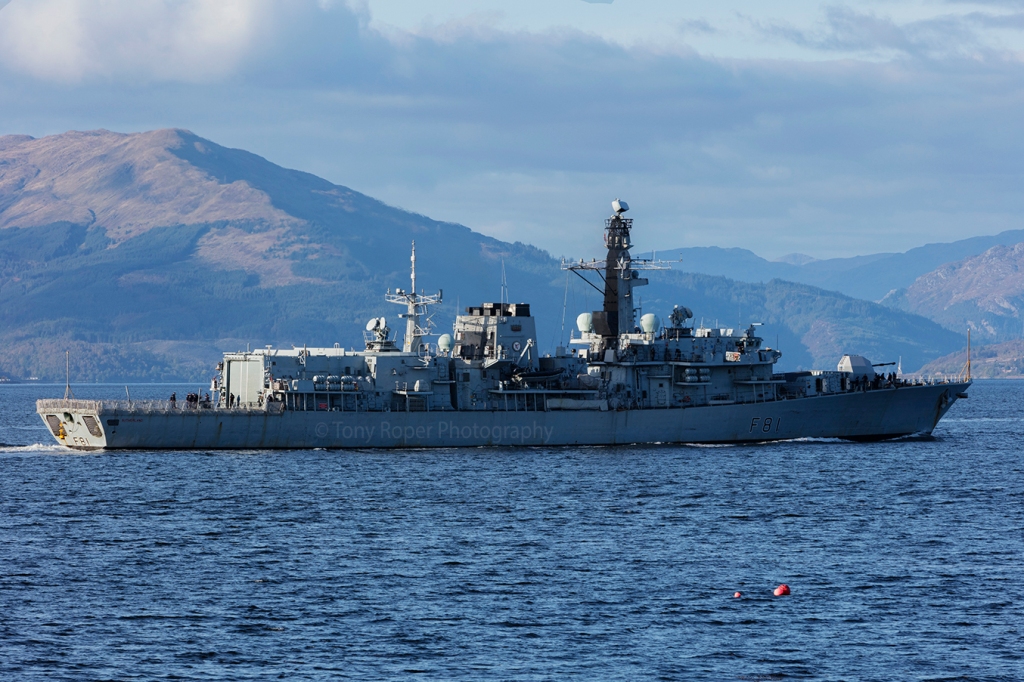
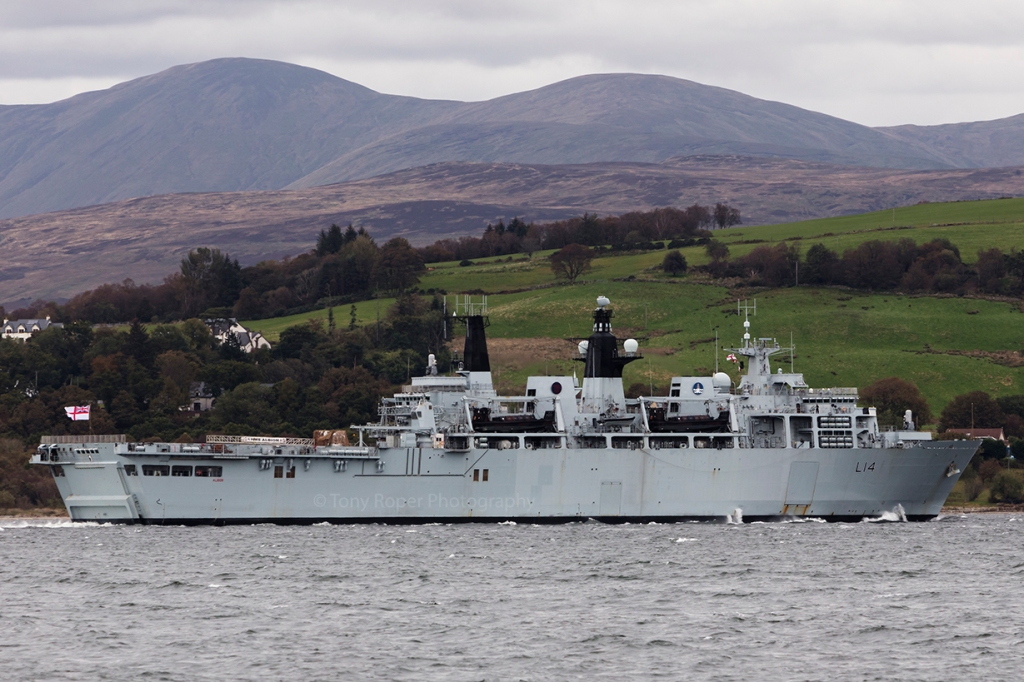
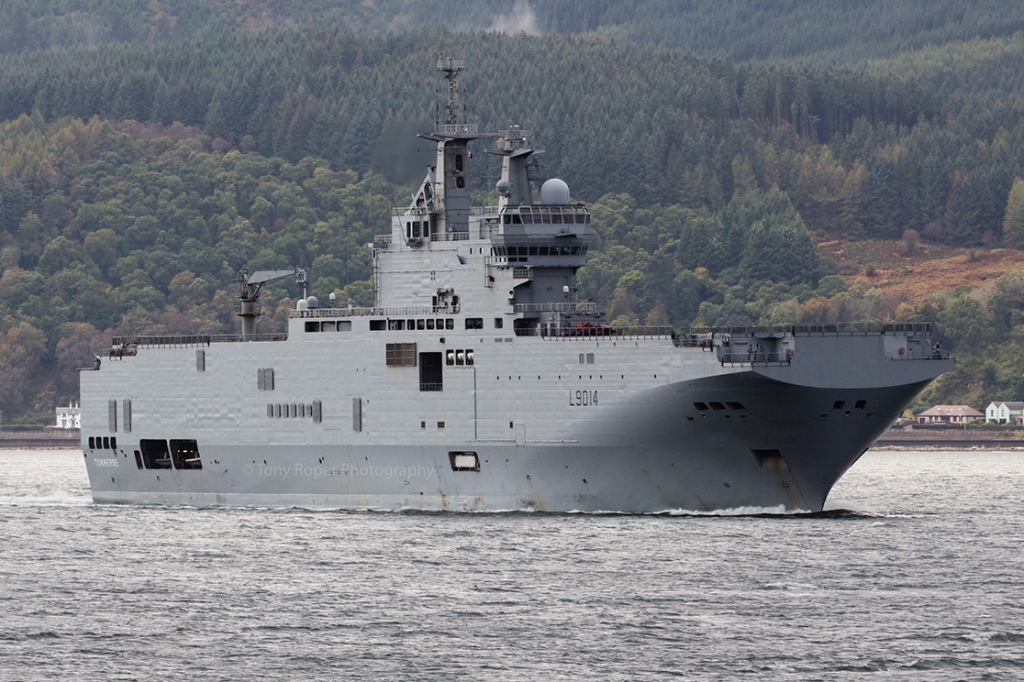
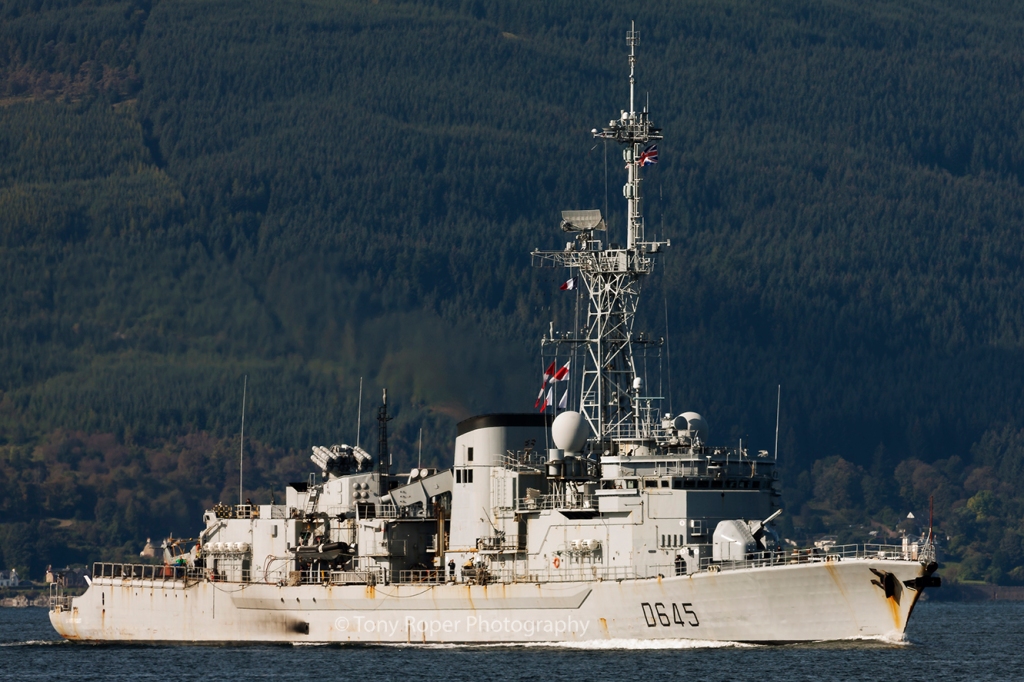
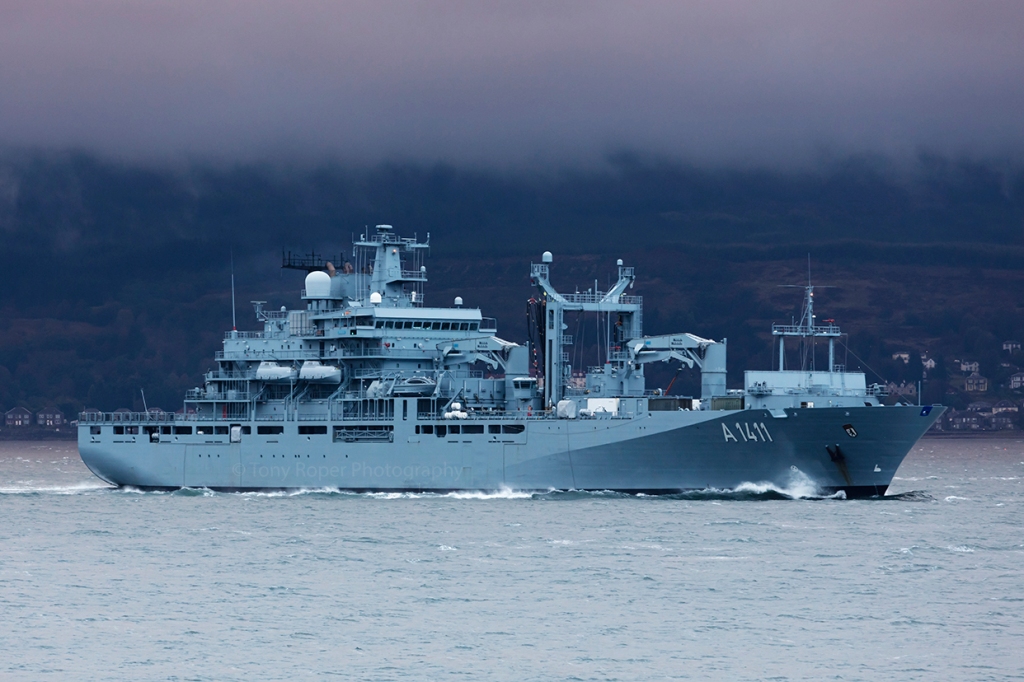
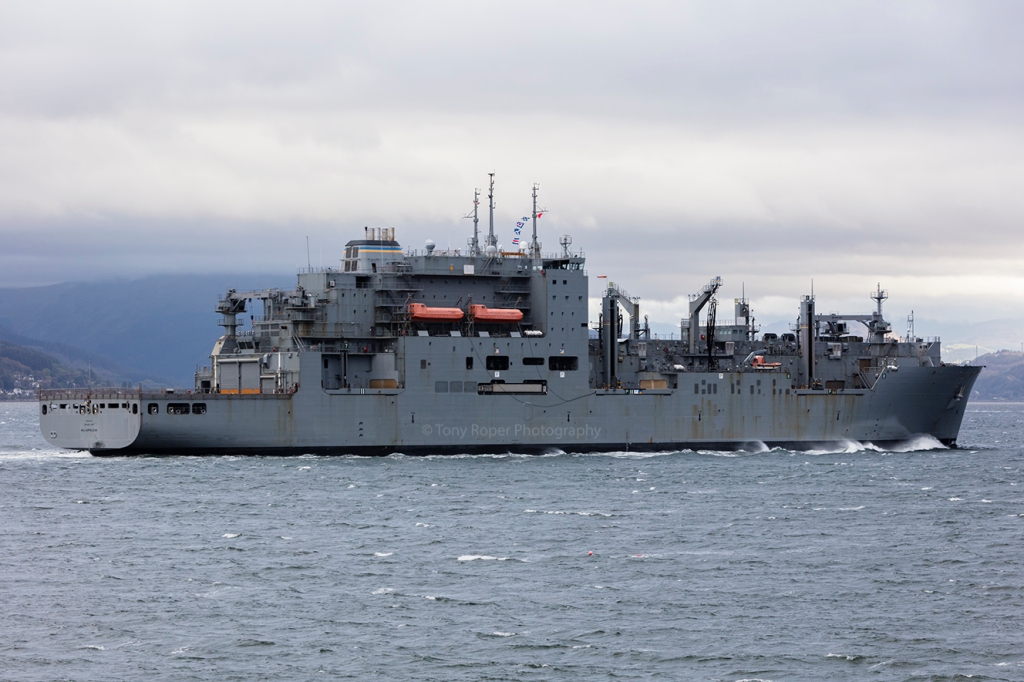
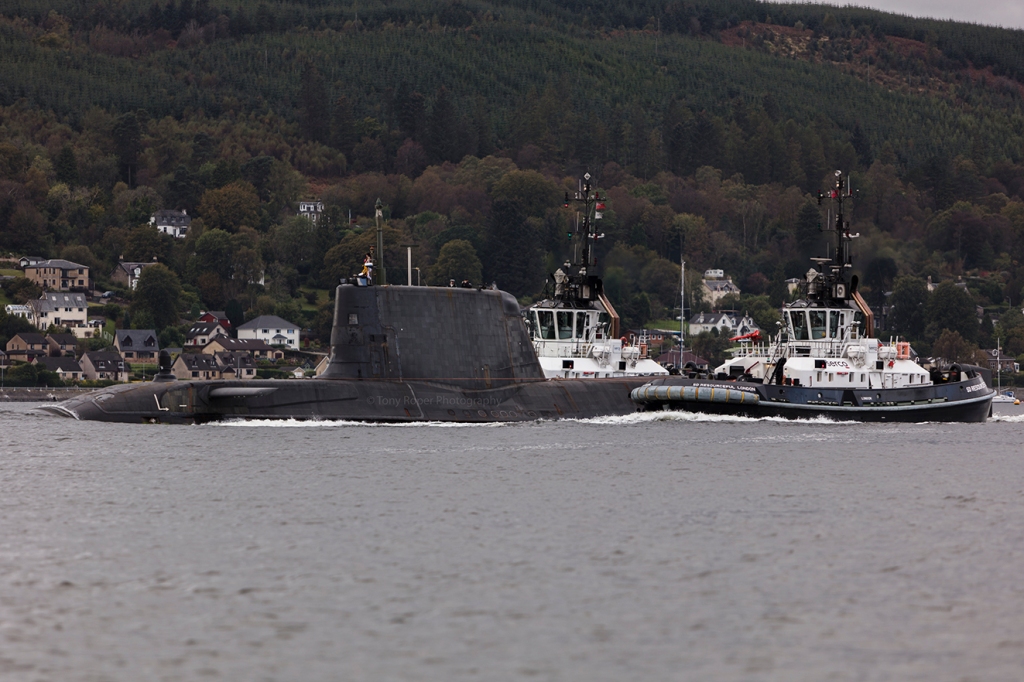




 He lived quite an amazing life during those 50 years, too much for me to cover here, but luckily a book was written about him by Richard Brooks, published in 1997. The book is still available today, easily found on Amazon for instance, and is titled Fred T. Jane – An eccentric Visionary (From Ironclad Ships To 21st Century Information Solutions) – and it is a great read.
He lived quite an amazing life during those 50 years, too much for me to cover here, but luckily a book was written about him by Richard Brooks, published in 1997. The book is still available today, easily found on Amazon for instance, and is titled Fred T. Jane – An eccentric Visionary (From Ironclad Ships To 21st Century Information Solutions) – and it is a great read.









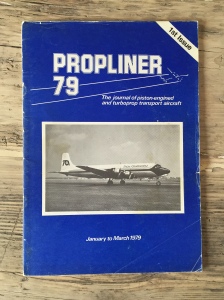



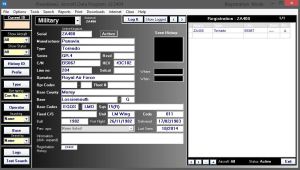













 I’ve recently had another article published in
I’ve recently had another article published in 

